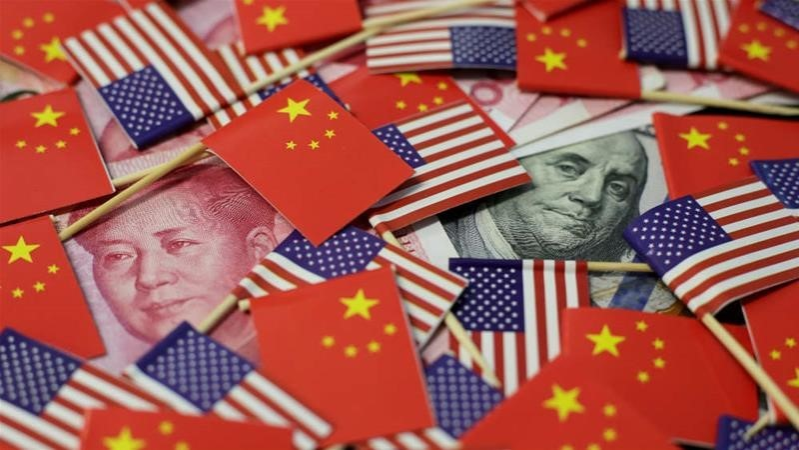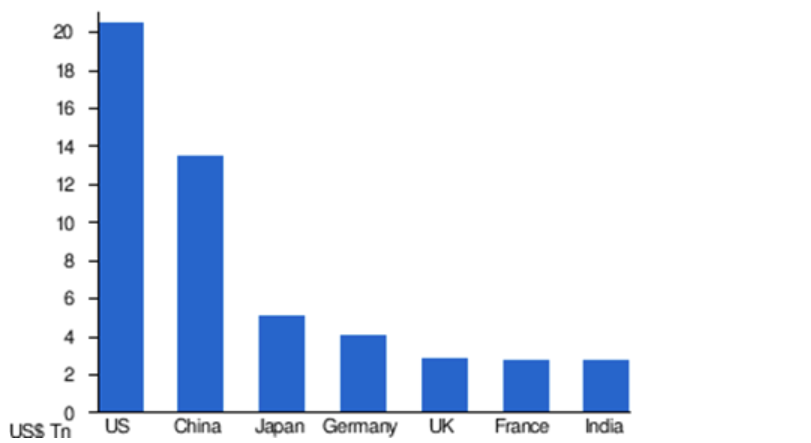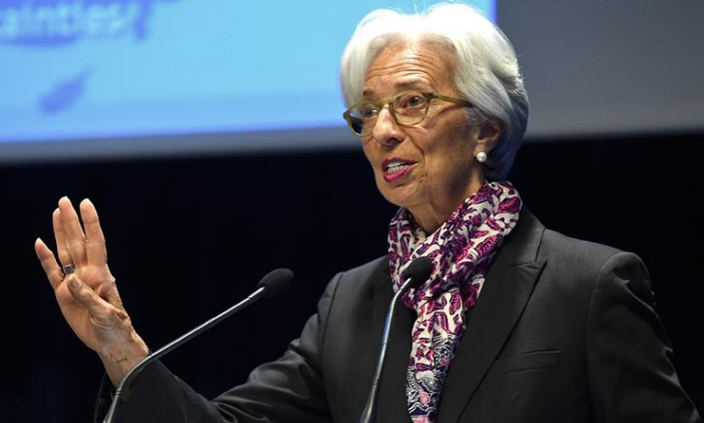It is hard to view India’s decision to abandon the Regional Comprehensive Economic Partnership trade deal, or RCEP, as anything other than a historic blunder.
At Monday’s ASEAN Summit in Bangkok, Prime Minister Narendra Modi was expected, after years of grinding negotiation, to sign up to the 16-nation agreement. Instead, he told fellow Asian leaders that India was out.
The result will frustrate RCEP’s remaining members — the ten nations of ASEAN, alongside Australia, Japan, New Zealand and, most significantly, China — all of whom hoped India would join.
But the real loser will be India itself. Modi’s government now sits outside both of the trading blocs that will define Asia’s future: RCEP and the 11-member Comprehensive and Progressive Agreement for Trans-Pacific Partnership.
Modi’s decision makes China the overwhelmingly dominant voice in a new deal, which, with India included, covered around a third of global gross domestic product. More to the point, it sends alarming signals about India’s commitment to both trade and domestic economic reform more broadly.
In private, Indian officials say RCEP’s terms remained unfavorable. Joining risked a flood of cheap Chinese imports in sectors like electronics. India had tried and failed to win substantial concessions in areas like work visas for its software outsourcing sector.
To be fair, signing up did come with risks. India ran a $58 billion trade deficit with China in 2018. That could well have increased if India jumped into RCEP but failed to introduce complementary reforms to boost domestic competitiveness. There were legitimate worries about import surges from China’s state-dominated economy too.
Having negotiated hard for years, however, India had already won concessions, including implementation delays stretching into decades and safeguards to protect sensitive sectors like agriculture. Over recent months it appeared as if Modi’s officials were trying to join, deciding that RCEP was in India’s economic and geopolitical interest. (more…)

 The focus of the market on the China-US trade war is acute due to China’s and the United States economic weight. In 2018 the US’s GDP was above $20 trillion and China’s GDP over $14 trillion, which makes them the world’s two largest economies by nominal GDP.
The focus of the market on the China-US trade war is acute due to China’s and the United States economic weight. In 2018 the US’s GDP was above $20 trillion and China’s GDP over $14 trillion, which makes them the world’s two largest economies by nominal GDP.

